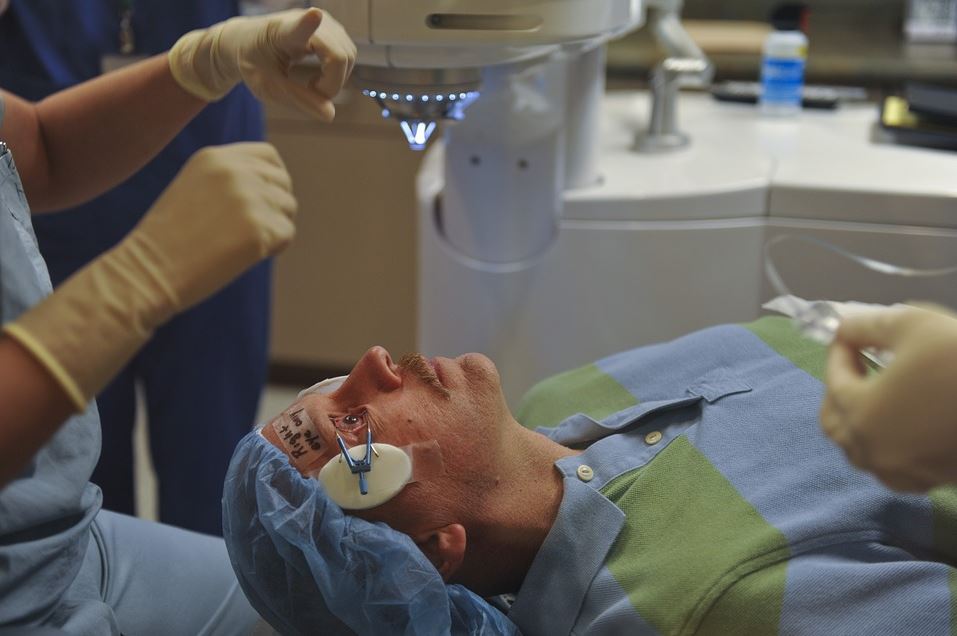3 Neat Innovations in Eye Care Technology

Eye care technology has been steadily developing into a level of precision that may have once been thought to be impossible. The following innovations are just a few examples of what the eye care technology of tomorrow has to offer.

With the use of a “Bionic Eye,” people who have nearly gone completely blind due to retinitis pigmentosa or AMD can once again have a chance of seeing normally. The bionic eye is formally referred to as the “Argus II.” Essentially, the device is meant to assist the patient by helping to compensate for any of the photoreceptors that have been lost due to conditions like age-related macular degeneration (AMD). Though the lost photoreceptors aren’t entirely replaced, the bionic eye can focus the images perceived by the eye onto whatever healthy photoreceptors are still remaining. The bionic eyes operates with a miniature digital camera that works in tandem with special pair of glasses worn by the patient. After the digital camera captures images in the patient’s field of vision, the images are transmitted to a processing unit connected to the Argus II via power pack; this creates a series of electrical pulses. As long as the disease hasn’t compromised the optic nerve, then the pulses can be successfully delivered to the brain and facilitate an image that gives the patient a semblance of sight.
In LASIK surgery, a bladeless optical operation can be accomplished with the use of a fine femtosecond laser. A femtosecond laser operates by directing a beam of concentrated light energy that, ideally, creates a hinged “flap” on the surface of the surface of the eye. After the creation of the flap, it can be temporarily lifted from the cornea. The goal of the procedure is to set the flap back into place so that it can serve as a form of natural “bandage” that improves the eye’s natural rate of healing, facilitating better comfort for the patient at the same time. You should visit an eye center like All About Eyes if you’re interested in LASIK eye surgery.
With a telescopic eye implant, elderly patients can have their normal vision restored after AMD. AMD is an affliction of the pigmented space in the center of the retina that causes it to break down—this is a naturally-occurring process with age, and is the leading cause of blindness in people of over 50 years old. Essentially, the implant has two lenses that magnify viewed images and sends them to whatever health areas of the macula remain.
